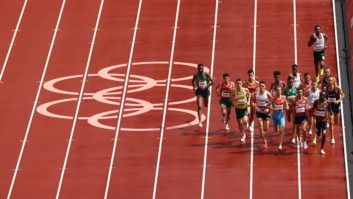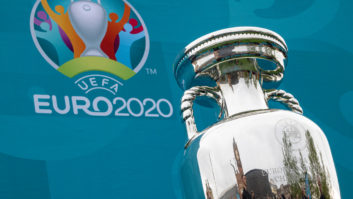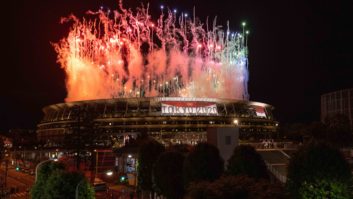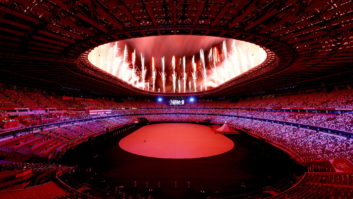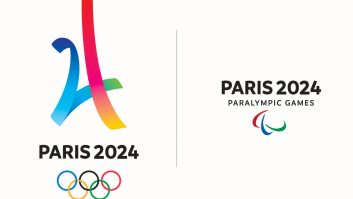If you thought 8K broadcasting by 2020 was mission impossible then think again. Japanese group NTT (Nippon Telegraph and Telephone Corporation) has a R&D project that intends to establish media processing technologies that can transmit ultra-high-definition video surpassing even 8K – in five years time.
Specifically, it is investigating an immersive telepresence technology called Kirari!, a technique for directly transmitting not just the images and sounds of players at a live sports event but also the environment and ‘emotions’ in which the game exists.
It links real objects that exist in the environment, such as lighting, and reproduces them together with the 8K video from multiple cameras and sound by projection mapping rather than on displays.
Kirari! is a combination of compression technology H.265/HEVC, the lossless speech coding technology MPEG-4 ALS (recommended for Ultra HDTV audio services in Japan), and media synchronisation technology Advanced MPEG Media Transport (MMT).
NTT says the objective is to make it seem as if a game is being played in front of the viewers’ eyes, in a form that “far exceeds the reality enjoyed from a flat image.”
Its belief is that while 4K and even 8K may have spread around the world by 2020, there are limits to the realism that can be portrayed on a flatscreen.
“We can reconstruct games with top athletes in weight lifting or judo at a gymnasium in New York, a square in Beijing, or schools in cities in Japan, providing a new type of public viewing,” states NTT.
It does this by using synchronised reproduction that transmits a life-size image of the subject, for example, a player, while transmitting additional information about the environment to fit into the dimensions of the transmission destination, even when the destination facilities have different dimensions, lighting, and acoustics.
The introduction of Kirari! is intended for 2020 in Japan to coincide with Tokyo’s hosting of the Olympics.

